We have eight spectacular mistletoe species in New Zealand that belong to three groups: beech, green and pygmy mistletoes. The beech mistletoes almost always grow on beech trees and have great displays of bright flowers. The green mistletoes are less specific in their host preferences and have less colourful flowers, and the pygmy mistletoes are very very small and hard to spot amongst their scrubby host trees.
Why are our mistletoes spectacular? Because they are SO interesting! Here are 5 facts to prove my point. For more information I suggest exploring the University of Canterbury Mistletoe Research Group webpage.
1. The two Peraxilla species in the beech mistletoe group have beautiful flowers that can only be opened by birds or bees who tear the top off the fused petals, allowing the flower to burst open and spray the pollen over the face of the bird or if lucky, the body of the bee. Check out this video! (you might have to slow it down to see the action - the bellbird is best).
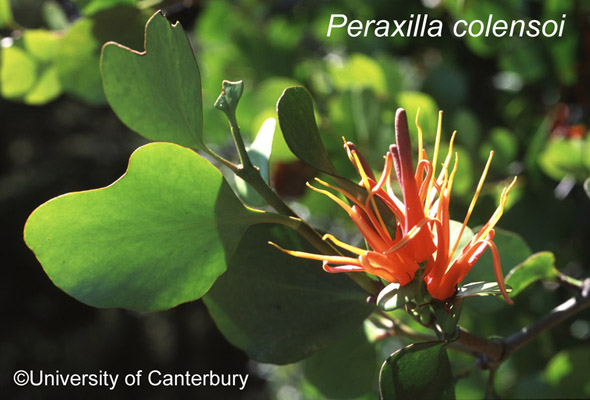
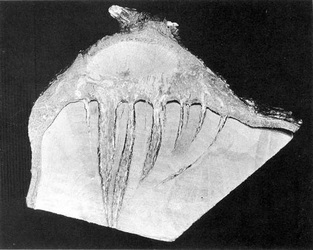
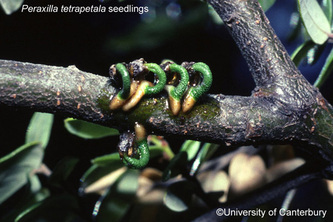

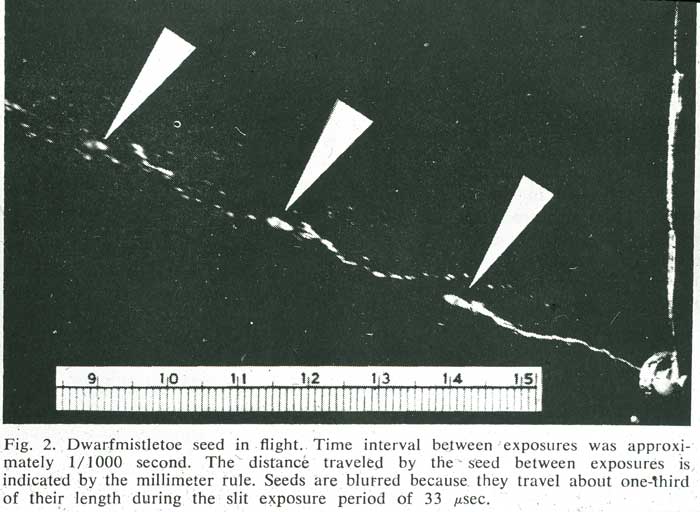
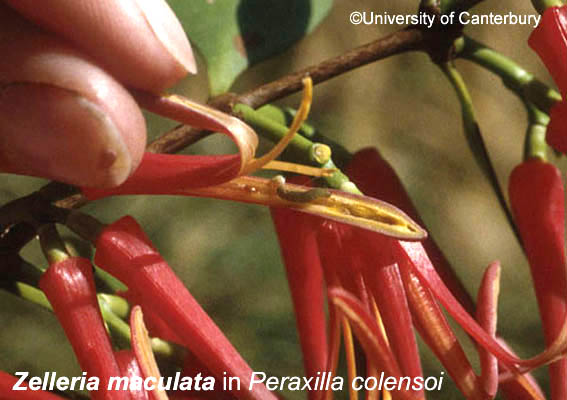

 RSS Feed
RSS Feed
